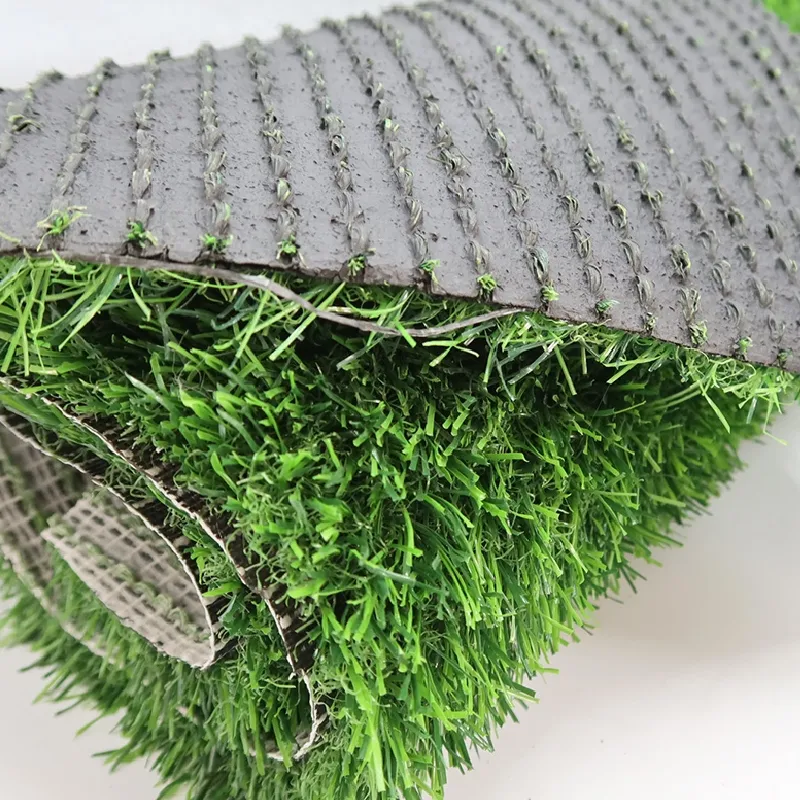
- Afrikaans
- Arabic
- Belarusian
- Bengali
- Czech
- Danish
- Dutch
- English
- Esperanto
- Estonian
- Finnish
- French
- German
- Greek
- Hindi
- Hungarian
- Icelandic
- Indonesian
- irish
- Italian
- Japanese
- kazakh
- Rwandese
- Korean
- Kyrgyz
- Lao
- Latin
- Latvian
- Malay
- Mongolian
- Myanmar
- Norwegian
- Persian
- Polish
- Portuguese
- Romanian
- Russian
- Serbian
- Spanish
- Swedish
- Tagalog
- Tajik
- Thai
- Turkish
- Turkmen
- Ukrainian
- Urdu
- Uighur
- Uzbek
- Vietnamese
fake grass heat
Nov . 20, 2024 20:17 Back to list
The Advantages and Considerations of Fake Grass Heat Management
As advancements in landscaping technology evolve, the popularity of artificial grass has surged, particularly in regions with extreme weather conditions. Fake grass is not only an attractive alternative to natural turf but also provides practical benefits such as low maintenance and year-round usability. However, one of the considerations homeowners and businesses must take into account is how faux grass manages heat, especially during the sweltering summer months. This article explores the implications of heat retention in artificial turf and offers insights into mitigating heat-related issues.
Understanding Heat Retention in Fake Grass
Artificial grass, often made from materials like polyethylene or polypropylene, can absorb and retain heat much more than natural grass. On a sunny day, temperatures on fake grass can rise significantly higher than those on real grass, sometimes reaching levels that are uncomfortable for barefoot walking or playing. Research has demonstrated that the surface temperature of artificial turf can soar to between 120°F and 160°F on hot days, which raises concerns for anyone using the field, especially children and pets.
Why Heat Matters
The elevated temperatures of artificial turf can lead to various issues. For one, it poses risks of burns to bare feet, which can be particularly harmful for young children. Moreover, extreme heat can degrade the materials of synthetic grass over time, leading to a decrease in longevity. Finally, the heat can also turn the artificial grass into an unattractive and less inviting environment for play and leisure, negating some of the aesthetic advantages it offers.
Cool Solutions for Fake Grass Heat
Fortunately, there are several approaches to manage the challenges posed by heat retention in artificial grass
fake grass heat

1. Choosing the Right Material One of the most effective ways to mitigate heat absorption is by selecting high-quality artificial turf that incorporates heat-reflective technology. Some manufacturers produce turf with lighter colors or specific materials designed to reflect sunlight, thereby keeping temperatures lower.
2. Infill Options The type of infill used in artificial grass can also affect its heat retention. Products like crumb rubber can absorb and retain heat, while organic options like coconut fibers or sand tend to keep the surface cooler. Opting for a cooler infill material can make a significant difference in managing heat.
3. Watering Strategies A practical approach to cooling down artificial grass is occasional watering. Spraying water on hot days can lower surface temperatures significantly. This approach also mimics the refreshing effect of natural grass when dewy.
4. Provide Shade Installing shade structures or strategic landscaping elements, like trees or awnings, around the artificial turf can limit direct sunlight exposure. By casting shade over the playing area, the temperature can remain more comfortable, helping to create a pleasant environment for users.
5. Usage Timing When scheduling activities, consider the time of day. Early mornings or late afternoons are generally cooler, making them ideal for sports and play on synthetic grass.
6. Ventilation Some newer installations emphasize airflow beneath the turf layer. Proper drainage and ventilation systems can help reduce heat retention and promote a cooler surface.
Conclusion
While artificial grass presents a range of benefits from aesthetic appeal to low maintenance, it is essential to address the realities of heat retention that come with its use. Whether you're a homeowner, a school, or a sports facility, making informed decisions about installation, material selection, and maintenance can lead to a more enjoyable experience. By implementing strategies to manage heat, you can ensure that your artificial grass area remains a welcoming and safe environment for enjoyment throughout the year. Embracing these technologies and techniques will not only prolong the lifespan of your investment but also enhance its usability across varying climates.
-
The Benefits of Artificial Turf for Indoors
NewsJul.15,2025
-
How Artificial Grass Suppliers Ensure Quality Products
NewsJul.15,2025
-
Artificial Grass and Pets: A Space for Relaxation
NewsJul.08,2025
-
Balcony & Outdoor Decoration with Artificial Grass
NewsJul.08,2025
-
Best Indoor Artificial Grass for Home
NewsJul.07,2025
-
Best Pet Turf for Dogs: Safe & Durable Artificial Grass Options
NewsJul.07,2025
Products categories









